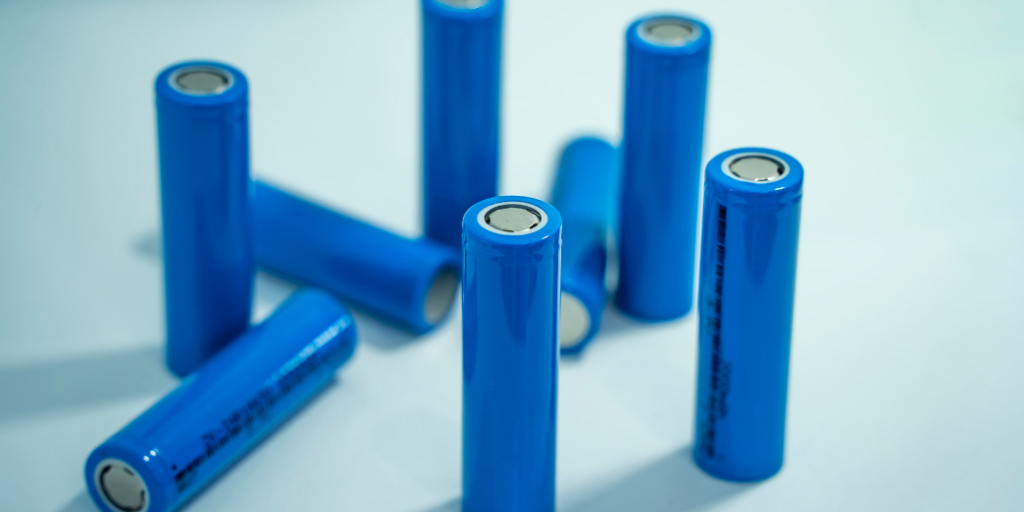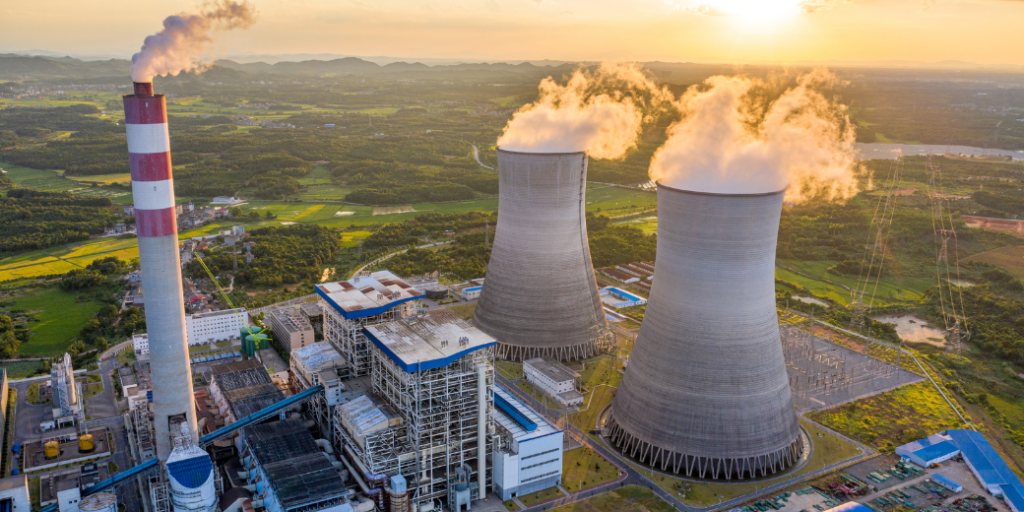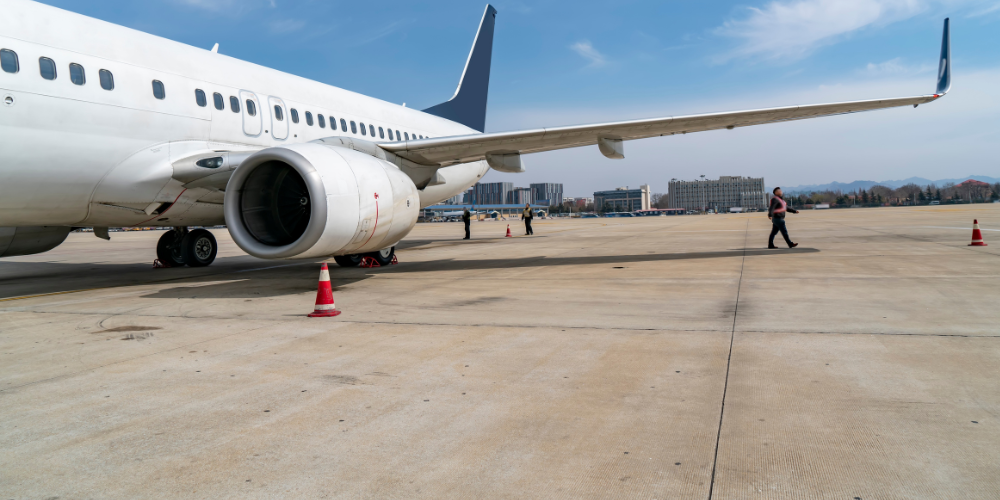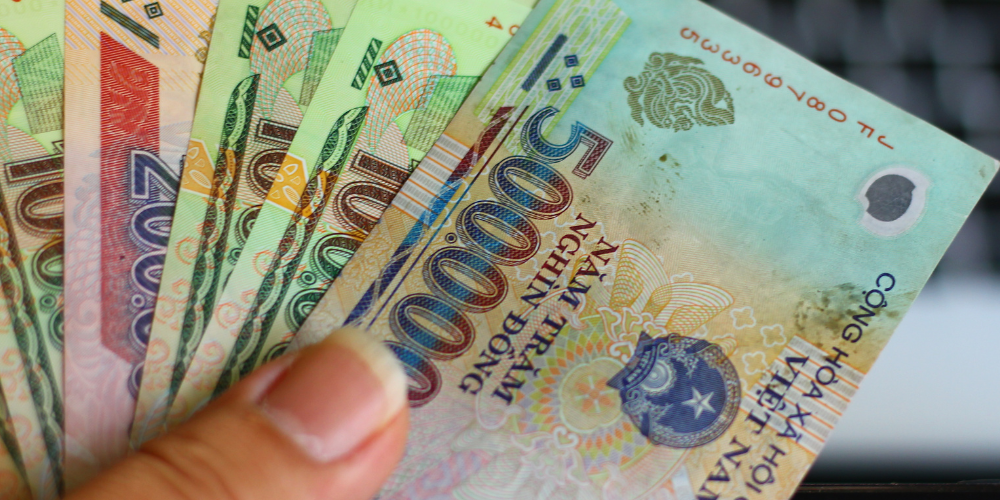Industry Reports
Southeast Asia’s Semiconductor Ascent: Value Chain Upgrade, Geopolitics, and the Future of Chip Manufacturing
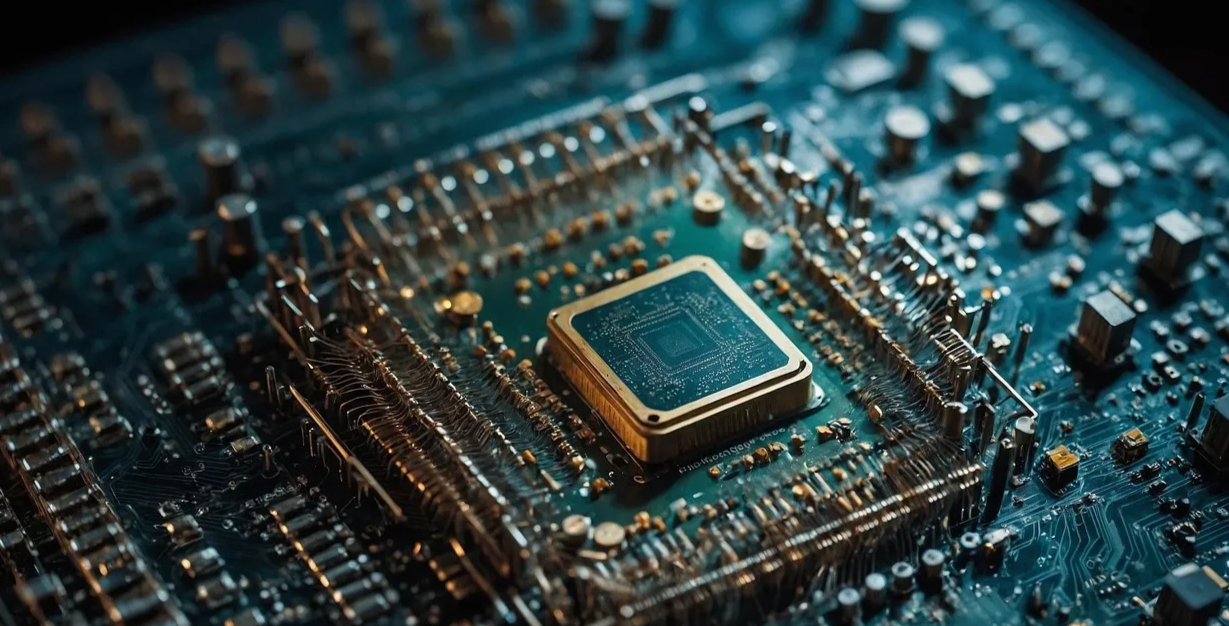
Summary
[This article is based on a webinar held on September 23, 2025.]
This report summarizes a webinar presentation delivered by a Lead Analyst from Speeda. The analysis is based on the report’s findings as of September 8, 2025. The presentation was based on Speeda’s latest industry report, “Southeast Asia’s Rising Role in Semiconductors,” covering the market overview, policy trends in key countries, and the impact of US-China relations on the regional industry.
Southeast Asia’s Evolving Role in the Global Semiconductor Value Chain
Southeast Asia is No Longer Just an ATP Hub
The global semiconductor landscape is undergoing a monumental shift, with the Southeast Asia (SEA) industry emerging as a critical hub. While the region has historically been a global leader in Assembly, Test, and Packaging (ATP), accounting for nearly 17% of global capacity (projected to reach 24% by 2032), its role is quickly expanding. Established leaders like Malaysia and Singapore are spearheading the shift into higher-value segments, including design and Front-End Manufacturing processes. Emerging players such as Vietnam are also rapidly expanding their ATP capabilities and are projected to hold about 8% of global ATP capacity by 2032, nearly matching Malaysia’s 9% share.
Key Drivers Fueling Regional Growth
The region’s growth is driven by three core factors:
1. Strategic Location and Logistics
SEA’s strategic location at the heart of major shipping routes helps lower transportation costs and reduce lead times for finished products—a crucial competitive edge for the fragmented Semiconductor Value Chain.
2. Aggressive Talent Development
Addressing the global talent shortage (over a million new skilled workers needed by 2030) is a top priority. SEA is aiming to cultivate over 221,000 professionals by 2030:
🇹🇭 Thailand plans to develop 80,000 workers over five years and offers a 250% tax reduction for training.
🇻🇳 Vietnam aims to train up to 100,000 skilled workers by 2030 via a U.S.-backed initiative.
🇲🇾 Malaysia is targeting around 60,000 engineers with a budget of approximately 1.2 billion Ringgit.
3. Surging Demand from Digitalization and EVs
Demand is accelerating due to the shift to Electric Vehicles (EVs) in manufacturing hubs like Thailand and Indonesia, the expansion of consumer electronics, and the rapid growth of the digital economy and Data Center (DC) facilities across the region.
Geopolitics, India’s Rise, and FDI Trends
The Dual Dynamic of US-China Trade Friction
US-China trade friction has become a major catalyst for growth. As Chinese firms seek to bypass U.S. sanctions, they are accelerating operations and investment in SEA, creating massive business opportunities. However, this growth introduces the risk of secondary tariffs from the U.S. if SEA is perceived as a route for Chinese exports, requiring manufacturers to maintain strict transparency and compliance.
India: Competitor and Complementary Partner
Concurrently, India’s rise is reshaping regional dynamics. Driven by the India Semiconductor Mission—a $10 billion initiative—its market is projected to grow from $26 billion to $72 billion. While a competitor due to its talent pool, a complementary partnership offers immense synergy, combining India’s strength in chip Design and R&D with SEA’s expertise in manufacturing and logistics.
Massive Foreign Direct Investment (FDI)
Confidence in SEA’s future is reflected in massive Foreign Direct Investment (FDI) flowing into both front-end and back-end manufacturing:
Front-End Manufacturing Investments
- Infineon is investing $2 billion in Malaysia, focusing on 200mm Silicon Carbide semiconductors.
- Vanguard and NXP are partnering on an $8 billion facility in Singapore.
- GlobalFoundries invested $4 billion in Singapore and started production in 2023.
Back-End Manufacturing Investments
- Intel is investing $7 billion in Malaysia for new ATP facilities.
- Hana Micron is increasing its investment to $1 billion by 2025 in Vietnam.
Southeast Asia’s Strategic Position in the Global Chip Future
Lessons on Addressing the Talent Gap
As the industry transforms, the talent shortage remains a critical global challenge. Learning from established players, like Japan’s comprehensive strategy, is key. Japan is tackling its talent gap by establishing seven national specialization centers and launching a three-tier national training program, alongside proactive international partnerships—such as the $100 million program with U.S. universities, Micron, and Tokyo Electron—to build a truly global talent pool.
Summary of Key Takeaways
Southeast Asia is uniquely positioned to capitalize on global industry shifts:
- Value Chain Transition: The region is moving beyond its role as an ATP powerhouse to become a hub for design and Front-End Manufacturing, driven by the leadership of Singapore and Malaysia and strategic global investment.
- Geopolitical Catalyst: US-China trade friction acts as a major catalyst, increasing Chinese investment while simultaneously demanding heightened vigilance regarding trade compliance and regulations.
- Strategic Partnership: India’s rising presence creates both a competitive force and a vital complementary partner, offering synergy by combining its design strength with Southeast Asia’s manufacturing and logistics expertise.
The massive flow of FDI and the region’s focus on developing a skilled workforce underscore the strong global confidence in SEA’s pivotal role in shaping the future of the semiconductor industry.














